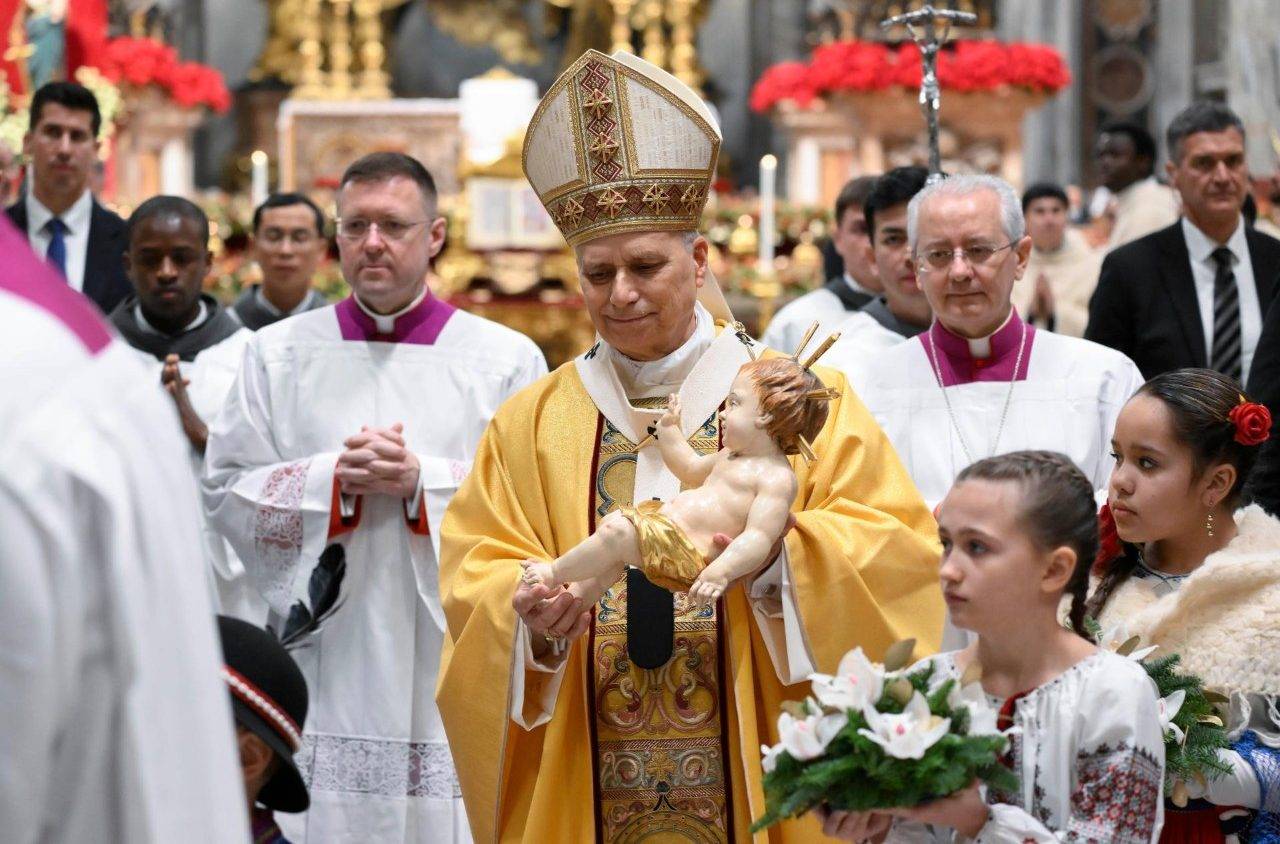ROME — With a consistory to approve the canonization of seven saints as a backdrop, eight cardinals — including U.S. Cardinal Raymond L. Burke — moved from the rank of cardinal deacons to the rank of cardinal priests.
According to the Code of Canon Law, “through a choice made in consistory and approved by the Supreme Pontiff,” cardinals can move “from the diaconal order to another diaconia and if they have been in the diaconal order for 10 full years, even to the presbyteral order.”
The rankings have their roots in the ancient church when cardinal deacons handled charitable and administrative activities in the pope’s name and cardinal priests led the most important parishes in the Diocese of Rome. Today, most officials of the Roman Curia who become cardinals enter the college as cardinal deacons, while cardinals who head dioceses enter as cardinal priests.
The ranking and the date on which the prelate entered the College of Cardinals determines seniority and the cardinal’s place in processions and seating arrangements.
In addition to Burke, those become cardinal priests at the consistory May 3 were:
— Cardinal Angelo Amato, retired prefect of the Congregation for Saints’ Causes.
— Cardinal Robert Sarah, retired prefect of the Congregation for Divine Worship and the Sacraments.
— Cardinal Francesco Monterisi, retired archpriest of the Basilica of St. Paul Outside the Walls.
— Cardinal Kurt Koch, president of the Pontifical Council for Promoting Christian Unity.
— Cardinal Mauro Piacenza, head of the Apostolic Penitentiary, a church court.
— Cardinal Gianfranco Ravasi, president of the Pontifical Council for Culture.
— Cardinal Walter Brandmüller, retired president of the Pontifical Committee for Historical Sciences.














